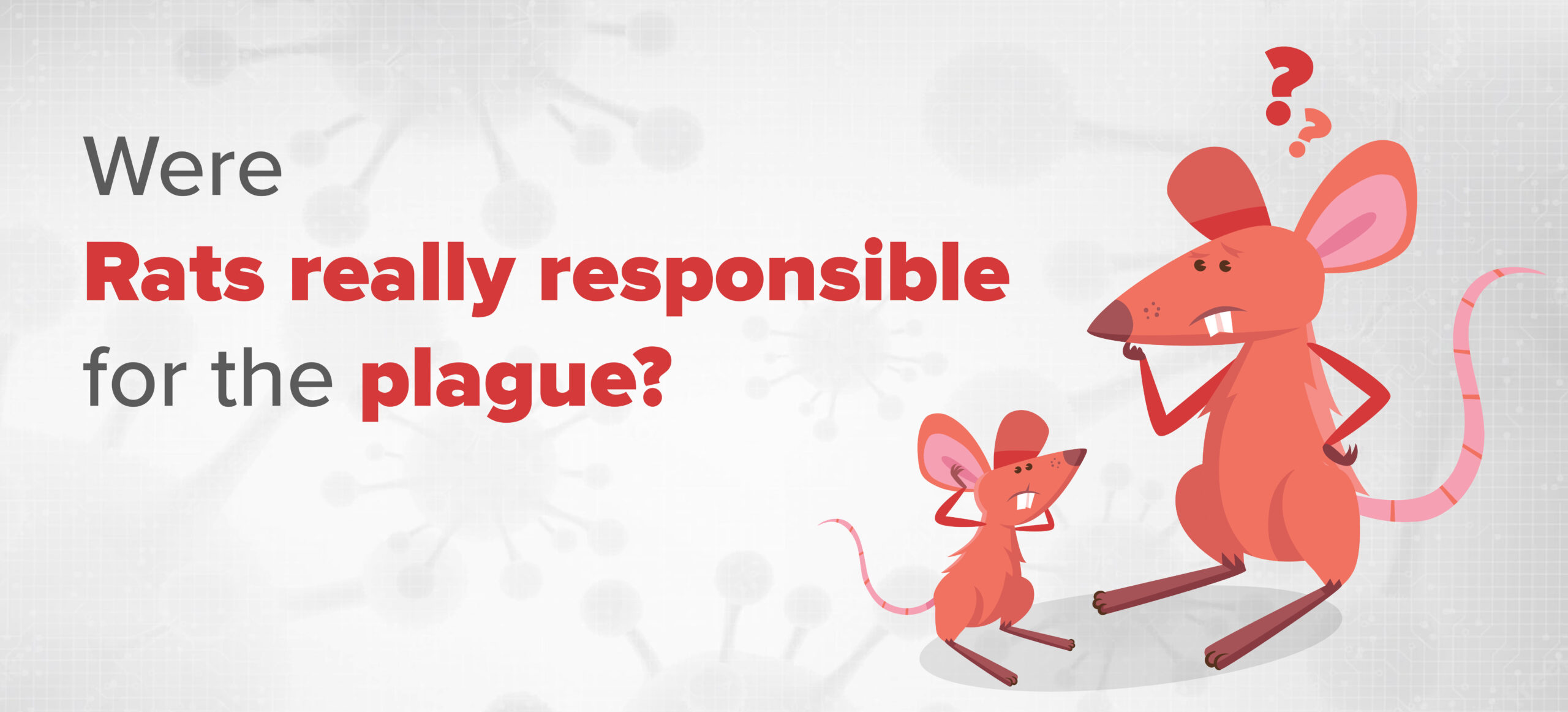
The plague came to Europe in the 14th century and rapidly conquered the continent. The pandemic, one of the worst in human history, killed tens of millions. Up to 60 percent of the population succumbed to the bacteria called Yersinia pestis during outbreaks that recurred for 500 years. The most famous outbreak, the Black Death, earned its name from a symptom: lymph nodes that became blackened and swollen after bacteria entered through the skin.
Yet even now, the biggest question is how exactly the disease was transmitted during this pandemic. The rodents get a bad rap for killing millions of people in medieval Europe. But it turns out that rats might not be to blame after all — instead, the disease may have spread from person to person through human-feeding parasites, including fleas and lice
Traditionally, it has been believed that when infected rats died, their flea parasites could have “jumped” from the recently dead rat hosts to humans. But many researchers argue that this rodent theory of transmission doesn’t fit with the historical evidence.
For instance, records from the time do not mention large numbers of rats dying off, as was seen in later outbreaks in Europe starting in the 19th century, according to the new study. And the Black Death spread much farther and faster and killed many more people.
This has led some researchers to speculate that human parasites played an important role in spreading the Black Death. For example, fleas and lice could have fed on infected humans, and then transmitted the disease to other humans.
Recently, the scientists modelled three scenarios. In one, lice and fleas spread the plague. In another, rodents plus their parasites spread the plague. In a third, coughing humans spread an airborne version of the disease, called pneumonic plague.
The rodent model did not match the historical death rates. The plague must first work its way through the rodent population, at which point the disease bursts into humans. The modelled result was a delayed but very high spike in deaths, which the mortality data does not reflect. The pneumonic plague model also did not fit.
Scientists concluded in their research that the human body lice or fleas path is the only plausible theory for being the main transmission routes in medieval pandemics.
Prof Nils Stenseth, from the University of Oslo says the study was primarily of historical interest – using the modern understanding of disease to unpick what had happened during one of the most devastating pandemics in human history.
But, he points out, “understanding as much as possible about what goes on during an epidemic is always good if you are to reduce mortality in the future”.
The plague is still endemic in some countries of Asia, Africa and the Americas, where it persists in reservoirs of infected rodents.
According to the World Health Organization, from 2010 to 2015 there were 3,248 cases reported worldwide, including 584 deaths.
“Our study suggests that to prevent future spread hygiene is most important,” says Prof Stenseth. It also suggests that if you’re ill, you shouldn’t come into contact with too many people. So if you’re sick, stay at home.”
Raza has been writing since 2008, be it fiction, poetry, or articles on science, politics, and history. He believes that words can change the world, and he uses them to inspire and empower people through his writing. When he is not working, he is watching nature documentaries or playing with his cats.